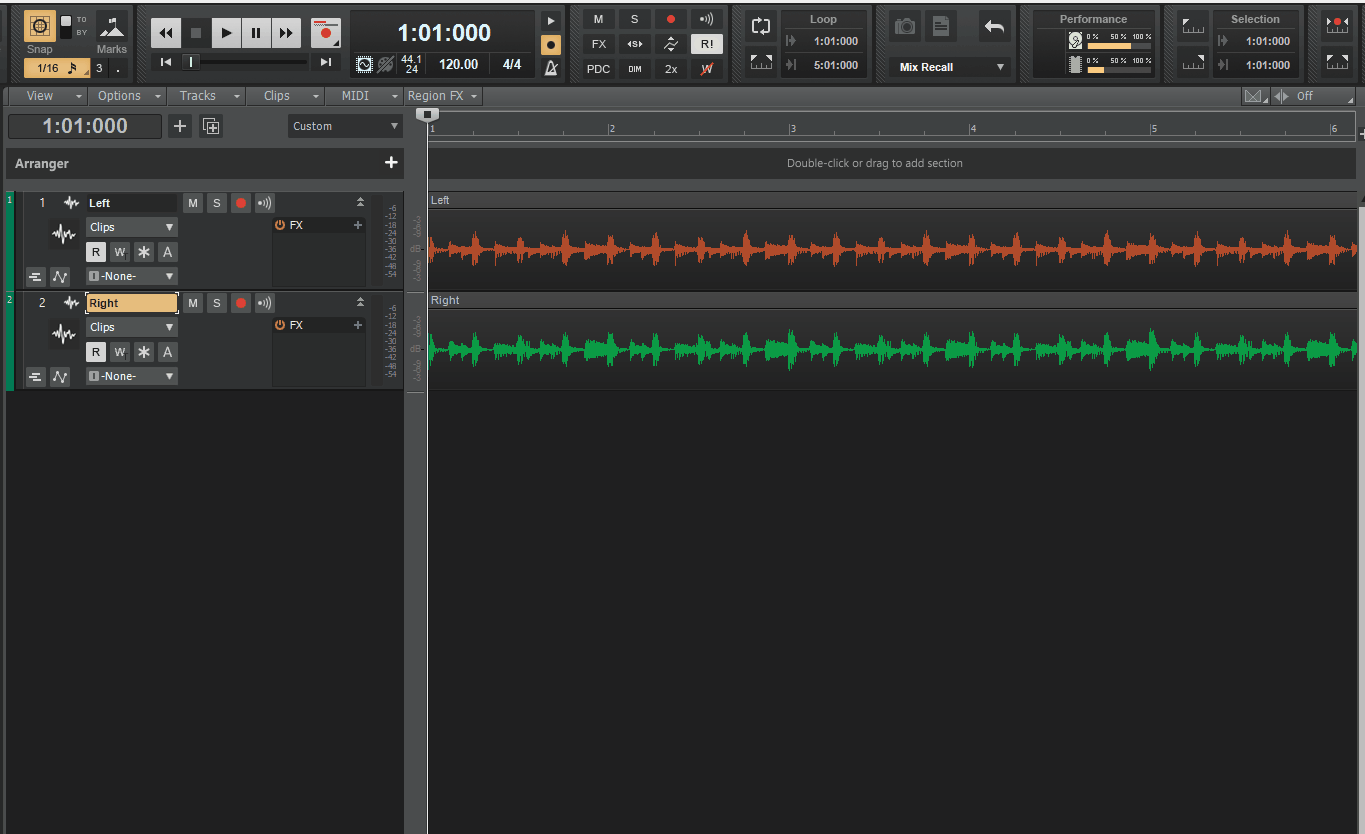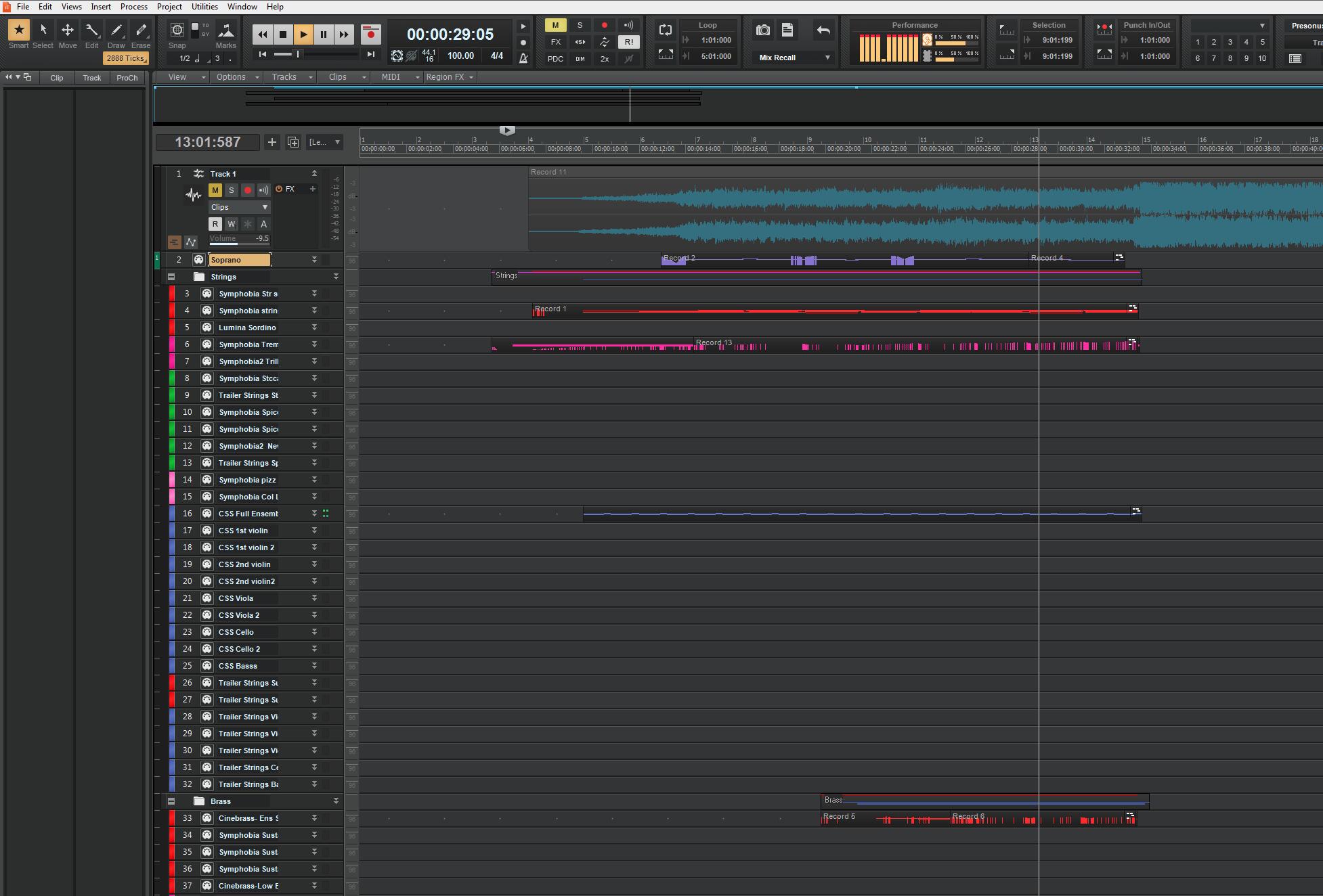

Run the white noise through different QuadCurve filters, and you’ll hear how the different curves affect audio.ġ5. The Sonitus Surround processor includes a white noise generator-click on the Test Noise button. To see a readout of the full name, hover your mouse over the Edit Filter label.ġ4. The Edit Filter truncates long automation parameter names. Next, click on the clip’s handle anywhere in the region to be edited, hold the mouse button down, and drag up or down to change Gain.ġ3. Drag across the timeline with the Move tool to select a region whose gain will be changed in the selected track. To adjust clip Gain automation without having to enter nodes at the beginning and end of the section you want to edit, set the Edit Filter to Clip Automation > Gain, then select a track.

To adjust a clip’s Gain envelope, click on the clip with the Smart tool while holding Ctrl, then drag up or down to adjust the envelope.ġ2.

The “SONAR Resources and Utilities” thread in the old Cakewalk forums contains some excellent user-contributed graphic themes, as well as a plethora of useful accessory programs.ġ1. Ctrl-click on the Edit Filter, and all track Edit Filters will show whatever you choose.ġ0. Quick Grouping works with the Edit Filter. If the Edit Filter was set to Clips prior to selecting a Volume envelope, type = to switch the filter from Clips to the Volume envelope.ĩ. After setting your ProChannel as desired for the default, right-click on any module header and choose “Set Modules as Default for Tracks.”Ĩ. Cakewalk can load a default set of ProChannel modules automatically whenever you create a new track. With virtual instruments and amp sims, to obtain the benefits of recording at high sample rates in 44.1 and 48 kHz projects (e.g., eliminate foldover distortion from harmonics higher than the clock frequency), enable Upsampling.ħ. If the Smart, Move, or Edit tool (function keys F5-F7) is already selected, hitting its associated Function key toggles between that tool and whichever tool you used last.Ħ. The more defined the beat in the clip, the better.ĥ. This is great for live recordings, or recording done without a click. Dragging a clip to the timeline creates a tempo map that defines the clip’s tempo. Place the now time at the clip’s beginning, hit the Tab key to step through the slices, then type S to split the clip at a slice.Ĥ. It’s easy to cut a Groove Clip into slices. For example, hitting F10 toggles between erase and mute, while F9 toggles among the various drawing choices.ģ. You can step through a tool’s options by hitting Function keys F8-F10 repeatedly. Always start the mixing process by creating a Mix Recall scene, just in case you ever need to get back to your starting point.Ģ.


 0 kommentar(er)
0 kommentar(er)
